Acta Scientific Ophthalmology (ASOP)
Research Article Volume 3 Issue 3
Erol Havuz*, Suat Albayrak and Muveyla N Gurkaynak
Department of Ophthalmology, Medicana Samsun International Hospital, Samsun, Turkey
*Corresponding Author: Erol Havuz, Department of Ophthalmology, Medicana Samsun International Hospital, Samsun, Turkey.
Received: February 24, 2020; Published: February 29, 2020
Purpose: The purpose of this study is to show the efficiency of endoscopic endonasal dacryocystorhinostomy (EDCR) in children who have a history of failed surgical interventions following recurrent probings.
Methods: EDCR was performed on 19 eyes in 17 patients diagnosed with persistent congenital nasolacrimal duct obstruction who received failed interventions of at least two probings or a silicone tube intubation.
Results: The ages of the 17 patients were between 1.7 years and 5 years (mean = 3.3 years). Regarding sex, 10 patients (58.8%) were male and 7 (41.2%) were female. Surgery was performed on the left eye in nine (53%) cases and on the right eye in six (35%) cases, and in two (12%) cases, bilateral EDCR was performed. The postoperative follow-up time of the cases was between 3 and 46 months (mean = 25.5 months). In all cases except two, findings such as watering and mucopurulent discharge disappeared, and a success rate of 89.4% was achieved
Conclusion: Persistent CNLDO often undergoes surgical interventions such as repeat probing, silicone intubation, and laser dacryocystorhinostomy as alternative methods. However, EDCR is a preferred and safe surgery in children with persistent CNLDO.
Keywords: Nasolacrimal Duct Obstruction; Persistent Epiphora; Failed Surgical Interventions; Pediatric Endoscopic Dacryocystorhinostomy
References
- Pediatric Eye Disease Investigator Group. “Resolution of congenital nasolacrimal duct obstruction with nonsurgical management”. Archives of Ophthalmology 130.6 (2012):730-734.
- Eshragi B., et al. “Probing for congenital nasolacrimal duct obstruction in older children”. Middle East African Journal of Ophthalmology 20.4 (2013): 349.
- Maheshwari R. “Success rate and cause of failure for late probing for congenital nasolacrimal duct obstruction”. Journal of Pediatric Ophthalmology and Strabismus 45.3 (2008): 168-171.
- Mannor GE., et al. “Factors affecting the success of nasolacrimal duct probing for congenital nasolacrimal duct obstruction”. American Journal of Ophthalmology 127.5 (1999): 616-617.
- Kashkouli MB., et al. “Late and very late initial probing for congenital nasolacrimal duct obstruction: what is the cause of failure?” British Journal of Ophthalmology 87.9 (2003): 1151-1153.
- Arora S., et al. “Success rates of primary probing for congenital nasolacrimal obstruction in children”. Journal of AAPOS 16.2 (2012): 173-176.
- Beato J., et al. “Factors Predictive of Success in Probing for Congenital Nasolacrimal Duct Obstruction”. Journal of Pediatric Ophthalmology and Strabismus 54.2 (2017): 123-127.
- Al-Faky YH., et al. “A prospective, randomised comparison of probing versus bicanalicular silastic intubation for congenital nasolacrimal duct obstruction”. British Journal of Ophthalmology 99.2 (2015): 246-250.
- Goldstein SM., et al. “Comparison of monocanalicular stenting and balloon dacryoplasty in secondary treatment of congenital nasolacrimal duct obstruction after failed primary probing”. Ophthalmic Plastic and Reconstructive Surgery 20.5 (2004): 352-357.
- Fischer M., et al. “Pediatric nasolacrimal duct obstruction-benefit of a combined therapeutic approach”. World Journal of Pediatrics 13.5 (2017): 427-432.
- Marfatia H., et al. “Pediatric endonasal dacryocystorhinostomy using an otology set: How I do it”. International Journal of Pediatric Otorhinolaryngology 101 (2017): 211-214.
- Lin LK and Gokoffski KK. “Epiphora In: Mannis MJ, Holland, E J. Cornea E-Book”. Fourth Ed. China: Elsevier Inc (2017): 403-409.
- Jones DT., et al. “Pediatric endoscopic dacryocystorhinostomy failures: who and why?” The Laryngoscope 117.2 (2007): 323-327.
- Robb RM. “Probing and irrigation for congenital nasolacrimal duct obstruction”. Archives of Ophthalmology 104.3 (1986): 378-379.
- Liegel K and Lueder GT. “Outcomes of nasolacrimal duct probing in older children”. Journal of AAPOS 20.4 (2016): e37.
- Pediatric Eye Disease Investigator Group. “Repeat probing for treatment of persistent nasolacrimal duct obstruction”. Journal of AAPOS 13.3 (2009): 306-307.
- Gardiner JA., et al. “The role of nasal endoscopy in repeat pediatric nasolacrimal duct probings”. Journal of AAPOS 5.3 (2001):148-152.
- Saeed BM and Tawalbeh M. “Pediatric endoscopic DCR: the outcome in 50 patients”. Indian Journal of Otolaryngology and Head and Neck Surgery 66.3 (2014):276-280.
- Hu M., et al. “Comparison of balloon catheter dilatation and silicon intubation as the secondary treatment for congenital nasolacrimal duct obstruction after failed primary probing”. Zhonghua Yan Ke Za Zhi 52.2 (2016):123-128.
- Balikoglu-Yilmaz M., et al. “Prospective comparison of 3 dacryocystorhinostomy surgeries: external versus endoscopic versus transcanalicular multidiode laser”. Ophthalmic Plastic and Reconstructive Surgery 31.1 (2015): 13-18.
- Celenk F., et al. “Pediatric endonasal endoscopic dacryocystorhinostomy”. International Journal of Pediatric Otorhinolaryngology 77.8 (2013):1259-1262.
- Cunningham MJ and Woog JJ. “Endonasal endoscopic dacryocystorhinostomy in children”. Archives of Otolaryngology - Head and Neck Surgery 124.3 (1998):328-333.
- Chan W., et al. “Endonasal dacryocystorhinostomy: A multicenter series of 116 cases”. Orbit 36.5 (2017): 311-316.
- Saniasiaya J., et al. “Primary endoscopic endonasal dacryocystorhinostomy for pediatric nasolacrimal duct obstruction: A systematic review”. American Journal of Rhinology and Allergy 31.5 (2017): 328-333.
- Berlucchi M., et al. “Transnasal endoscopic dacryocystorhinostomy for the treatment of lacrimal pathway stenoses in pediatric patients”. International Journal of Pediatric Otorhinolaryngology 67.10 (2003):1069-1074.
- Gioacchini FM., et al. “The outcomes of endoscopic dacryocystorhinostomy in children: A systematic review”. International Journal of Pediatric Otorhinolaryngology 79.7 (2015): 947-952.
- Eloy P., et al. “Pediatric endonasal endoscopic dacryocystorhinostomy”. International Journal of Pediatric Otorhinolaryngology 73.6 (2009): 867-871.
- Komínek P., et al. “Primary pediatric endonasal dacryocystorhinostomy-a review of 58 procedures”. International Journal of Pediatric Otorhinolaryngology 74.6 (2010): 661-664.
- Marfatia H., et al. “Endonasal dacryocystorhinostomy in children: Our experience”. International Journal of Surgery 47 (2017): 91-95.
- Konuk O., et al. “Unsuccessful lacrimal surgery: causative factors and results of surgical management in a tertiary referral center”. Ophthalmologica 224.6 (2010): 361-366.
Citation
Citation: Erol Havuz., et al. “Endoscopic Endonasal Dacryocystorhinostomy in Persistent Congenital Nasolacrimal Duct Obstructions”. Acta Scientific Ophthalmology 3.3 (2020): 45-51.
Copyright
Copyright: © 2020 Erol Havuz., et al. This is an open-access article distributed under the terms of the Creative Commons Attribution License, which permits unrestricted use, distribution, and reproduction in any medium, provided the original author and source are credited.
Journal Menu
Metrics
News and Events
- Certification for Review
Acta Scientific certifies the Editors/reviewers for their review done towards the assigned articles of the respective journals. - Submission Timeline for Upcoming Issue
The last date for submission of articles for regular Issues is April 30th, 2024. - Publication Certificate
Authors will be issued a "Publication Certificate" as a mark of appreciation for publishing their work. - Best Article of the Issue
The Editors will elect one Best Article after each issue release. The authors of this article will be provided with a certificate of "Best Article of the Issue". - Welcoming Article Submission
Acta Scientific delightfully welcomes active researchers for submission of articles towards the upcoming issue of respective journals.
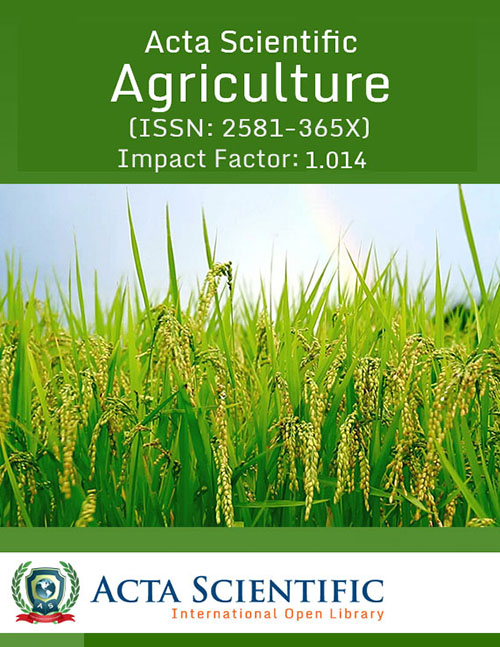
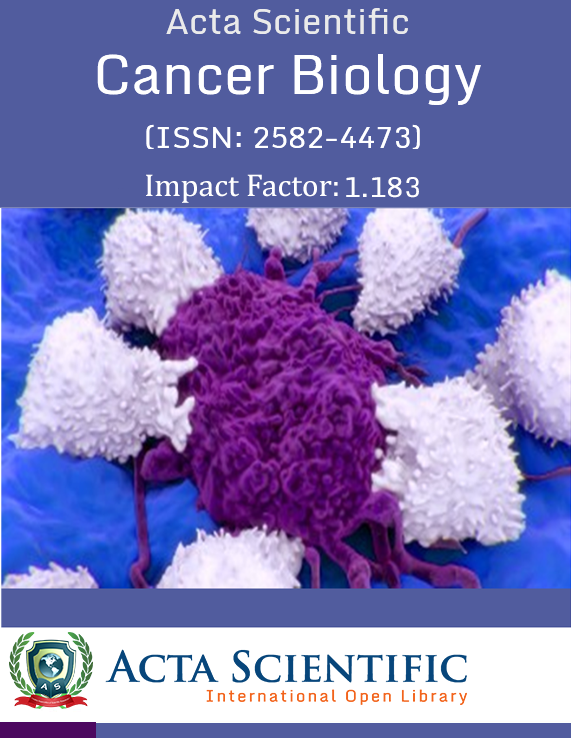


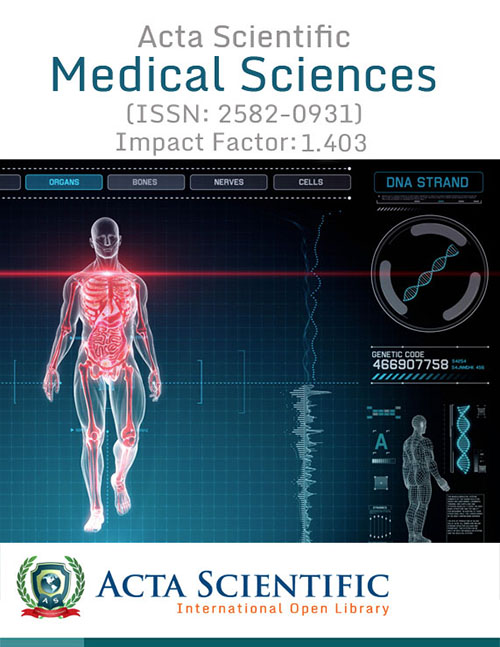


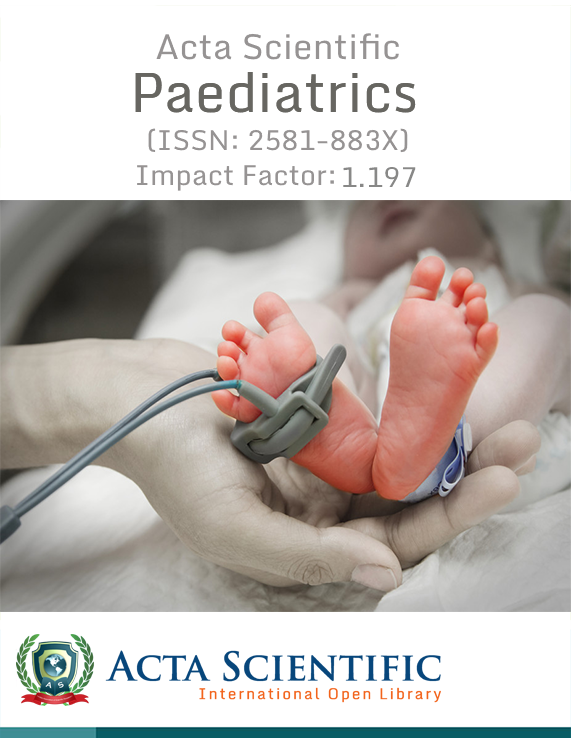
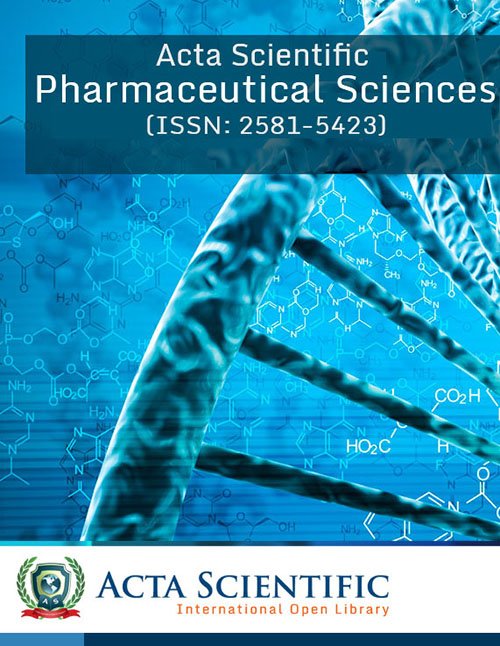









 +91 9182824667
+91 9182824667